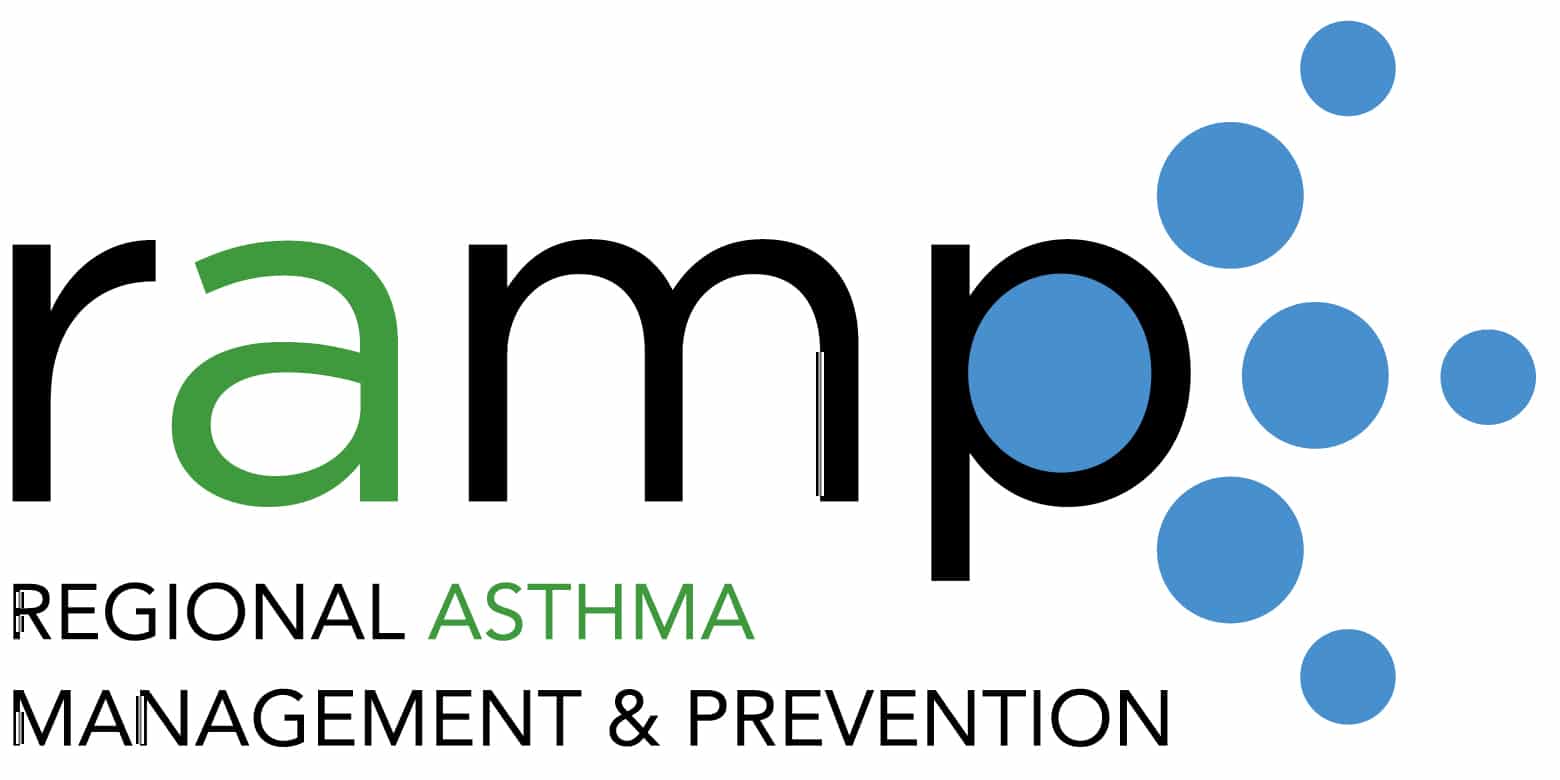
Healthcare & Housing Tools & Publications

We at RAMP are working to increase access to prevention-oriented services within healthcare and advance workforce development for Community Health Workers, promotoras, and other asthma professionals. To learn more about our goal on Healthcare Equity, click here.
We also strive to advance comprehensive policies on housing quality, affordability, and tenant protections, recognizing that housing instability is a driver of health inequities, including for asthma. To learn more about our goal on Healthy & Stable Housing, click here.
Below you’ll find resources that we at RAMP have developed to build capacity, create linkages, and mobilize our networks to advocate for policy and systems changes targeting the root causes of asthma disparities. You’ll find some resources specific to healthcare and others specific to housing. We have grouped these categories together because you will also find resources on asthma home visiting services, which encompass both categories.
Roadmap to Sustainable Asthma Home Visiting
RAMP and the National Center for Healthy Housing (NCHH) have partnered to create this interactive tool to support you as you embark on your quest to provide in-home asthma services. We’ve marked nine primary stops for your trip and have highlighted one possible route as an example for those who want a premade path. You’ll find a tremendous volume of existing materials available to inspire you as you design your own home-based asthma service or program.
RAMP’s Healthcare & Housing Resources
RAMP, along with our clinical partners, developed these asthma action plans, which are aligned with national clinical guidelines. They’re available to download in four languages: English, Spanish, Chinese, and Vietnamese.
RAMP and the National Center for Healthy Housing have partnered to create this interactive tool to support you as you embark on your quest to provide in-home asthma services. We’ve marked nine primary stops for your trip and have highlighted one possible route as an example for those who want a premade path. You’ll find a tremendous volume of existing materials available to inspire you as you design your own home-based asthma service or program.
The purpose of this tool is to support managed care plans – and organizations working with them – in improving asthma management for plan members by ensuring the provision of asthma home visiting services.
Developed by RAMP and the National Center for Healthy Housing (NCHH), this document equips managed care plans or other healthcare payers with the information they need to improve asthma management among their enrollees by ensuring the provision of asthma home visiting services. It also addresses the key roles that other community, state, and federal stakeholders can play in motivating and supporting healthcare payers in this effort.
We developed the first-of-its-kind public directory of asthma home visiting programs in California to showcase the strength and breadth of California’s asthma home visiting network and to connect Medi-Cal managed care organizations and other stakeholders with local programs. This directory provides basic information about asthma home visiting programs in California, including service areas, services provided, client eligibility, and contact information.
Effective July 1, 2022, Medi-Cal covers Asthma Preventive Services. The new Medi-Cal benefit covers clinic- and home-based asthma self-management education and in-home environmental trigger assessments provided by non-licensed professionals such as Community Health Workers, promotoras, and other individuals meeting specified qualifications. We developed this fact sheet to assist with the benefit’s implementation in the field.
January 2022, marked the launch of a new Medi-Cal program that allows managed care plans to use Medicaid funding to pay for home environmental asthma trigger remediation for people with poorly controlled asthma. This fact sheet explains the Asthma Remediation option under Community Supports.
This tool is designed to help asthma home visiting programs navigate the process for taking advantage of the two Medi-Cal policies, Asthma Preventive Services and Asthma Remediation.
Developed with support from the U.S. Environmental Protection Agency, RAMP and the National Center for Healthy Housing (NCHH) created this module to support stakeholders in considering and/or implementing virtual asthma home services. The module is part of NCHH’s Building Systems to Sustain Home-Based Asthma Services, an e-learning and technical assistance platform to support the launch and growth of large-scale, evidence-based, sustainable asthma home visiting programs.
To ensure that people with poorly controlled asthma have access to the services and systems they need to be healthy, advocates have long recognized the need for sustainable financing for asthma education and home environmental trigger assessment and remediation. Transformations to the health care system, including a greater emphasis on prevention, provide more opportunities sustain existing programs and bring such services to scale.Building on this promise, public health, community, and government leaders across the nation have been supporting policy and program efforts while sharing lessons learned. Given the innovative nature of these efforts, and the continuously evolving political and economic climate, RAMP developed this paper in 2017 to document and share this growing body of knowledge.
Partnering with PHI’s Dr. Gina Solomon, with support from The Rose Foundation for Community Empowerment, we developed tools to help asthma programs select safe, effective, affordable air cleaners (also known as air purifiers) for their clients with asthma. Coupled with videos on how to use and maintain air cleaners along with educational materials in six languages, asthma programs can now help their clients reduce the harmful impacts of wildfire smoke.
Air cleaners, sometimes called air purifiers, can help clear out wildfire smoke particles and improve indoor air quality. Unfortunately, not all air cleaners are equally safe and effective. We developed these guidance documents for Consumers, for Agencies and Programs, for Schools.
This case study describes an innovative program through which a regional air district purchased air cleaners for asthma home visiting programs to provide to their clients along with education.
Recognizing that wildfire smoke – a complex mixture of air pollutants – is unhealthy to breathe and can be especially dangerous for people with asthma, we developed this tool for asthma educators to help their clients prepare for wildfire smoke events, which are becoming increasingly common in California.
We recognize that housing is an anchor point for healthy and equitable communities and that achieving housing stability requires comprehensively and simultaneously addressing tenant protections, housing quality, and housing affordability. In 2019, we brought together public health, affordable housing, community development, and tenants’ rights professionals to develop a shared, cross-sector strategy to improve housing stability and health equity in California.
RAMP leads the California Healthy Housing Coalition (CHHC), a diverse, multi-sector coalition committed to advancing policies and practices that improve unhealthy housing conditions and serving as a statewide advocate for healthy housing. CHHC grew out of a recognition that local healthy housing challenges are shared across the state and could benefit from broad collaboration. As part of this collaboration, we created a separate website for the CHHC, housing numerous tools on healthy housing.
As a result of our advocacy and leadership of the California Healthy Housing Coalition, California is the first state in the nation to include mold as an enforceable substandard housing condition. This webinar was conducted for code enforcement and health officers and outlines California’s mold law and strategies for implementation.
The California Healthy Housing Coalitions strongly encourages the use of Integrated Pest Management (IPM) as a safer and more effective approach to pest management, particularly in multifamily housing. IPM has proven to be an effective, long-term solution to pest problems while reducing exposure to pesticides. The three videos presented here make the case for landlords and property managers to adopt an IPM approach at their properties by describing what IPM is, what its benefits are, and how to transition a property to IPM.
In many ways, residential weatherization/energy efficiency (EE) programs aimed at reducing energy use and greenhouse gas emissions associated with climate change can improve housing conditions and health. With support from the California Department of Public Health’s Office of Health Equity and in partnership with Contra Costa Health Services, we developed this guide to inform health and public health professionals about weatherization and EE programs. The guide also highlights examples of ways health and public health professionals have successfully coordinated with EE programs to better connect those most in need with services to improve their housing conditions.



